Fiction
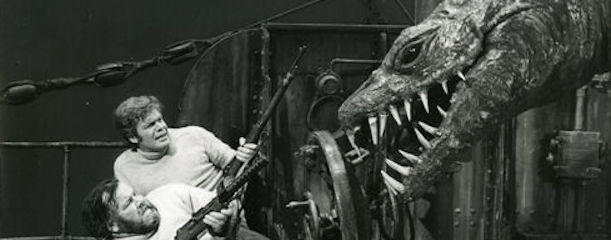
Here’s a selection of notable plesiosaur appearances in film and television.
Possibly the first ever depiction of a plesiosaur on screen was in the original King Kong (1933), when a rather serpentine-looking Elasmosaurus emerges to make a meal out of the kidnapped damsel in distress. Kong protects the damsel and the two monsters do battle. The writhing long-necked plesiosaur gets the upper hand at first, wrapping itself around Kong’s neck in an attempt to strangle him.

But the giant ape soon emerges victorious, grabbing the reptile by its tail, swirling it around his head, and mercilessly beating it to death against the rocks. All before toying curiously with its lifeless corpse. It’s interesting to see Elasmosaurus portrayed behaving rather like an anaconda, seemingly inspired by Charles R. Knight’s famous 1897 painting of a snake-like Elasmosaurus.
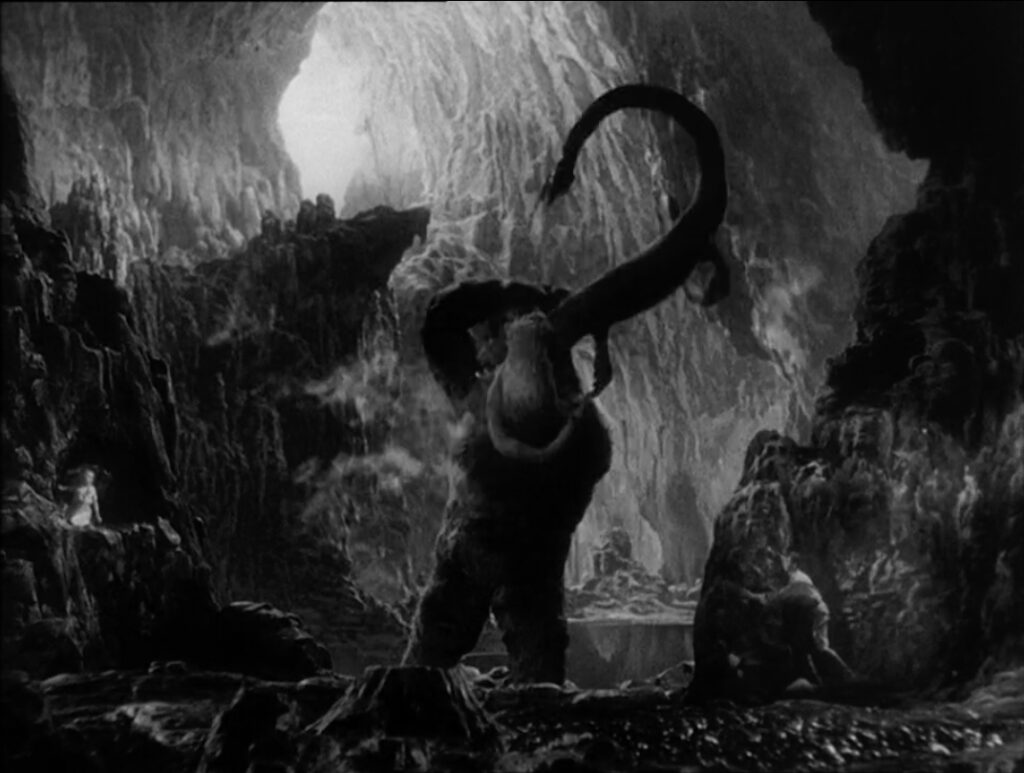
Another plesiosaur appears briefly in the sequel of the same year, ‘The Son of Kong’ (1933). This plesiosaur was a modified model of a Brontosaurus, which had appeared in the previous film. In King Kong (1933) the Brontosaurus is first introduced when its long neck erupts out of the water, and it would be easy to mistake it for a plesiosaur at first. However, the ravenous sauropod subsequently gallops out of the water to chase a party of men through the jungle. The beefier brontosaur-based plesiosaur in ‘The Son of Kong’ (1933) is therefore rather different from the Elasmosaurus.
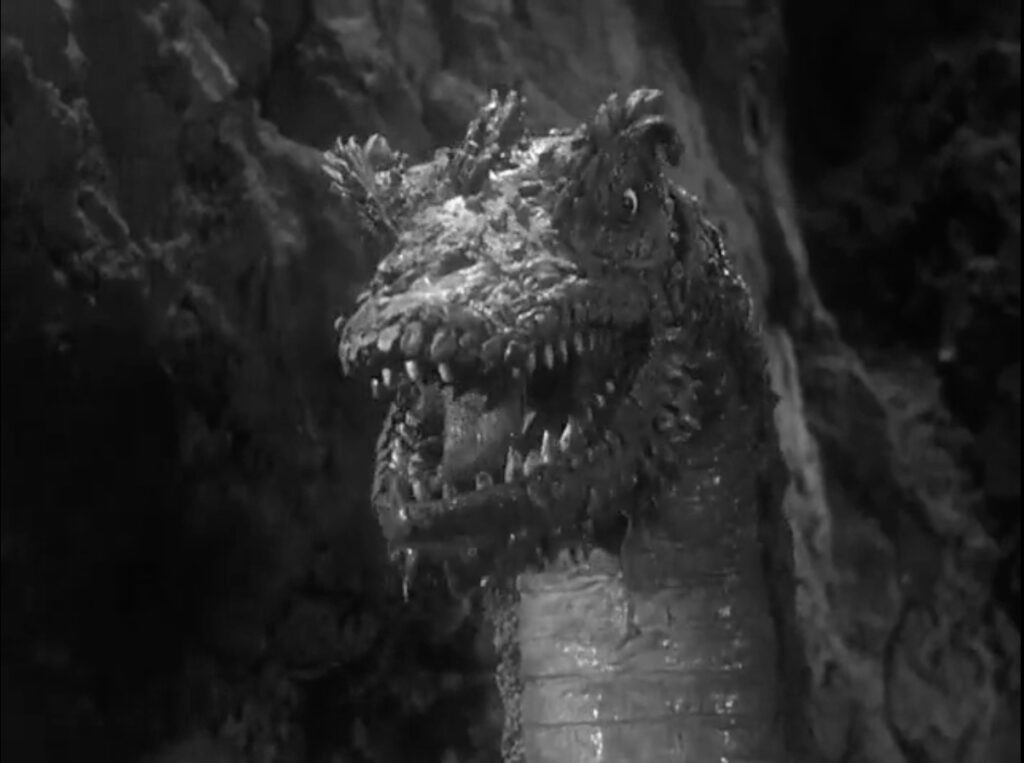
The dragon-like creature terrorises and consumes a man on a boat, and is then sighted one last time before disappearing into the storm.
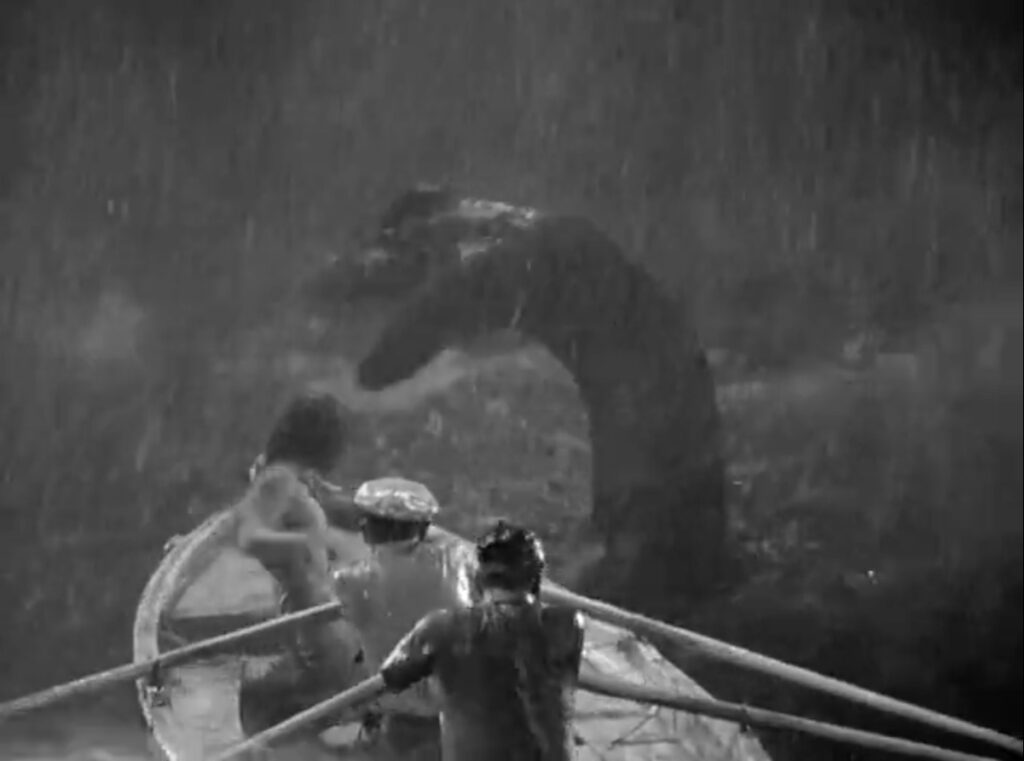
An extremely large and stupid-looking plesiosaur, apparently an Elasmosaurus, appeared in the 1957 film ‘The Land Unknown’. Look at those fangs! The plesiosaur is one of several prehistoric animals a navy expedition to the Antarctic encounters after their helicopter collides with a pterosaur and crashes onto an unknown land.
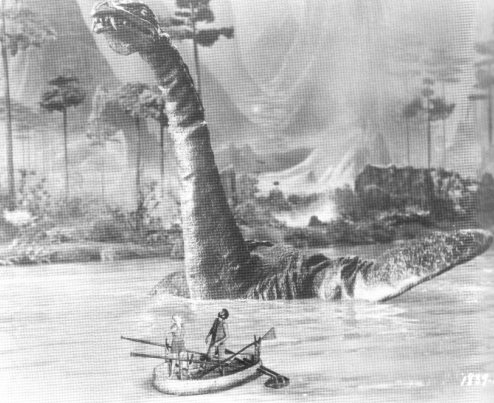
‘When Dinosaurs Ruled The Earth’ (1970) is set on a version of Earth where prehistoric humans and Mesozoic reptiles live side by side. One dramatic scene involves a captive plesiosaur, which breaks free and attacks a clan of prehistoric humans. However, the handy homos set the rampaging creature on fire and destroy it. The impressive stop-motion animated plesiosaur has some unusual anatomical anomalies. The jointed flippers are more reminiscent of the limbs of a sea lion than a plesiosaur, so the creature can waddle on land quite effectively. A close up of the flipper shows a claw on the end of each digit but real plesiosaurs didn’t have these.
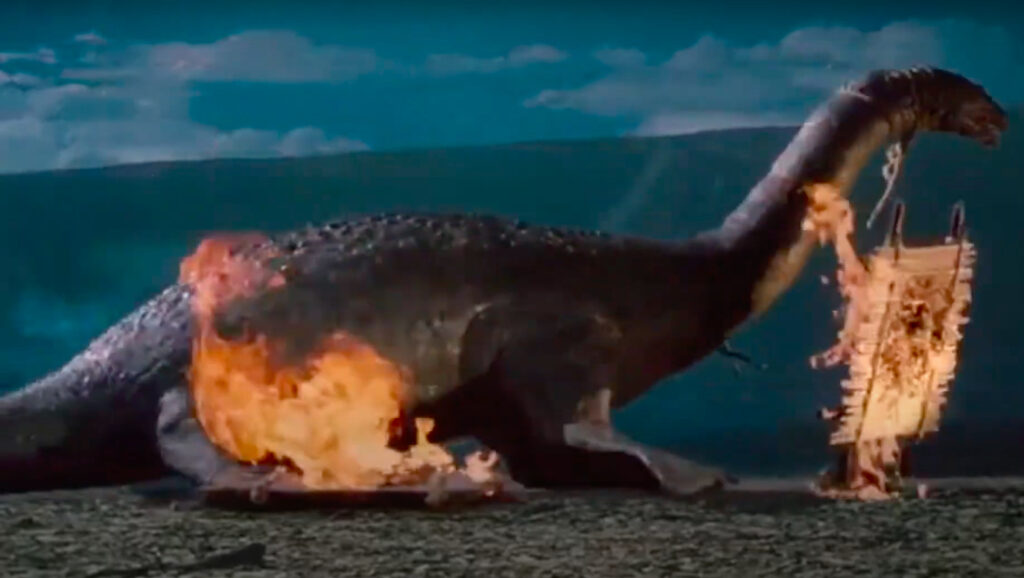
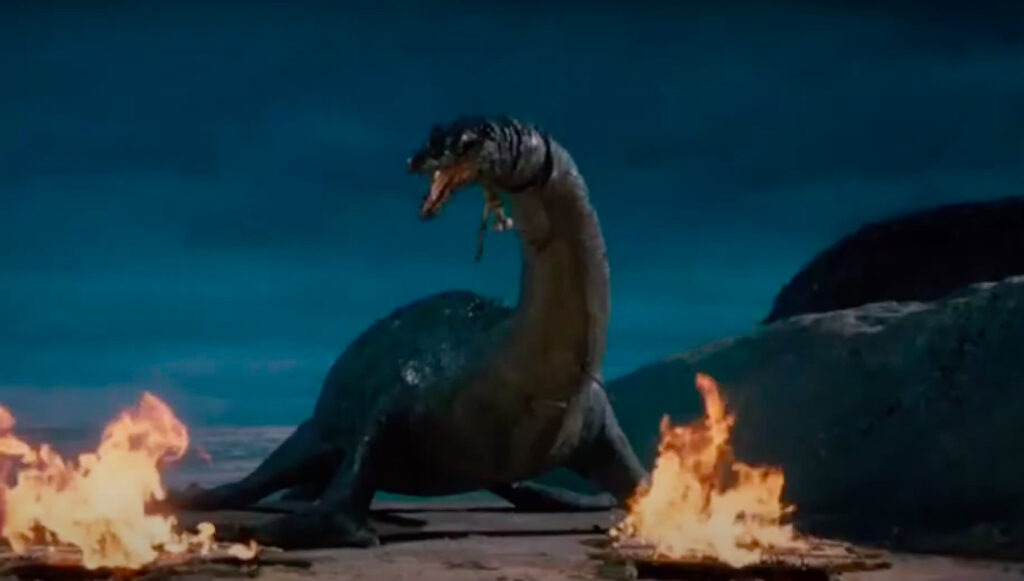
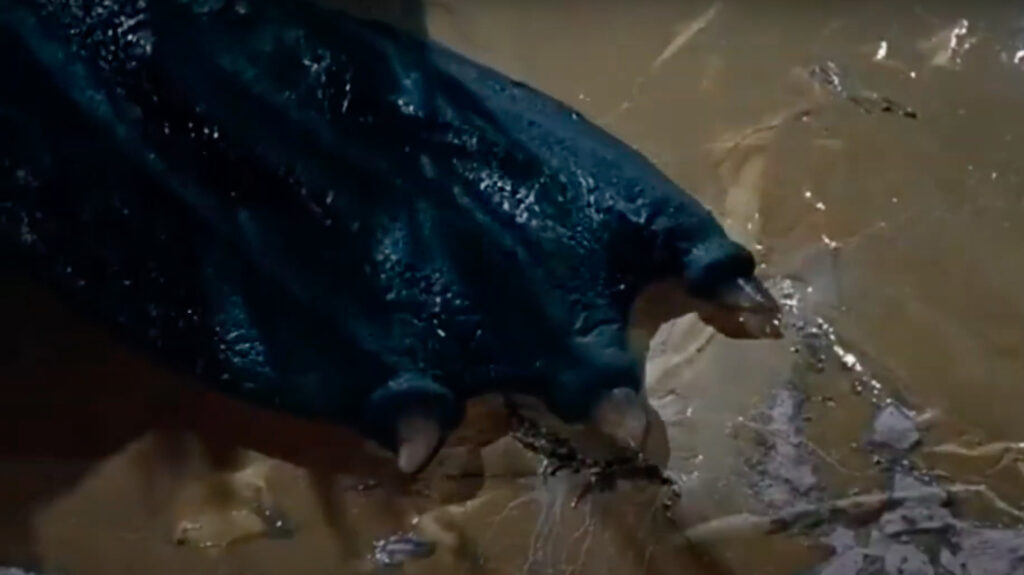
A Plesiosaurus appears in the 1973 four-episode ‘Doctor Who’ storyline, ‘Carnival of Monsters’. The plesiosaur surprises the passengers of a cargo ship en-route to India in 1926. But as one of our space-time-hopping protagonists correctly observes, this is odd because: “there weren’t any Plesiosauruses in 1926”. Naturally, an old British Major’s immediate thought is to turn it into taxidermy: “What a head, eh. By gad I’d love to have that on the club wall.” But this isn’t really 1926, in fact this isn’t even really Earth, and all is not as it seems.
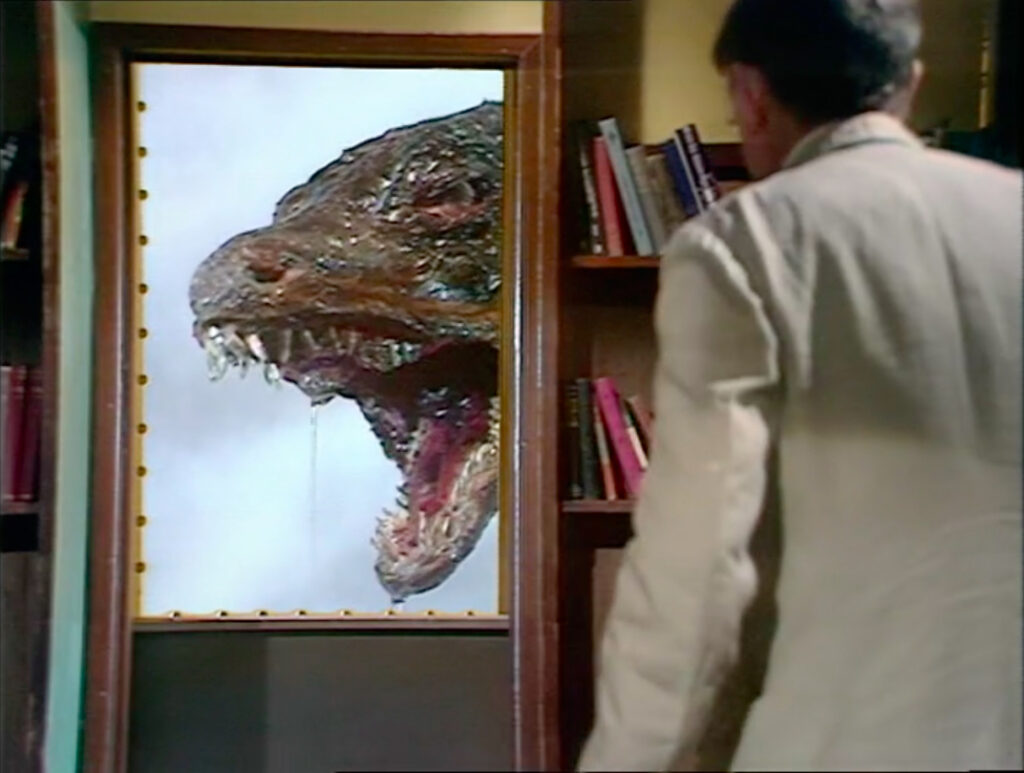
In ‘The Land That Time Forgot’ (1974), Doug McClure and company battle with, subdue, and subsequently eat a somewhat respectable looking plastic plesiosaur. My favourite quote: “Does one drink red or white wine with plesiosaur meat?”


Behold! Stand in awe and wonder as you admire the gorgeous thick neck of the stop-motion Plesiosaurus in ‘The Crater Lake Monster’ (1977). The creature hatches from a prehistoric egg when a meteorite crashes into a lake. Lake monsters are, as we shall see, directors’ favourites.

The supposed plesiosaur / Loch Ness Monster/ Jack the Ripper character in the fantastically titled ‘Amazon Women on the Moon’ (1986) makes the Crater Lake Monster look impressive. However, plesiosaurs do seem to suit bowler hats – dashing! The film is an episodic spoof of 1950s science fiction movies.

The opening of the ‘The Tree of Life’ (2011) includes an evocative vignette of a beached elasmosaur licking a wound on its flank.

And here’s our first short-necked plesiosaur – the pliosaur ‘Predator X’ in ‘Xtinction: Predator X’ (2010).

There are also a great many films about the plesiosaur-like Nessie. We can debate whether Nessie appearances really count as plesiosaurs, but they usually have four flippers and a long neck, so let’s include a few at least. In ‘The Loch Ness Horror’ (1982) poachers investigating a crashed plane at the bottom of the loch discover a prehistoric egg and a plesiosaur that causes havoc.
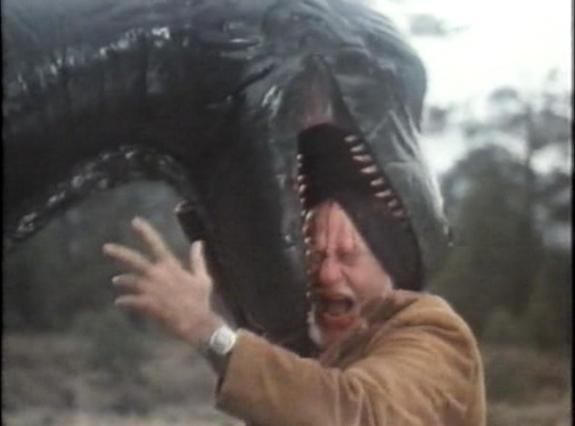
‘Loch Ness’ (1996), not to be confused with ‘Beneath Loch Ness’ (2001), is about the search for the ‘water kelpie’, a plesiosaur-like animal living in Loch Ness. I saw this in the cinema when it was first released, but I don’t remember being particularly impressed by it. Features a combination of CGI and animatronic plesiosaur-monsters.
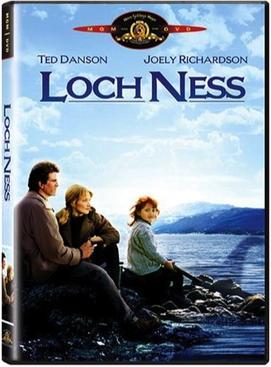
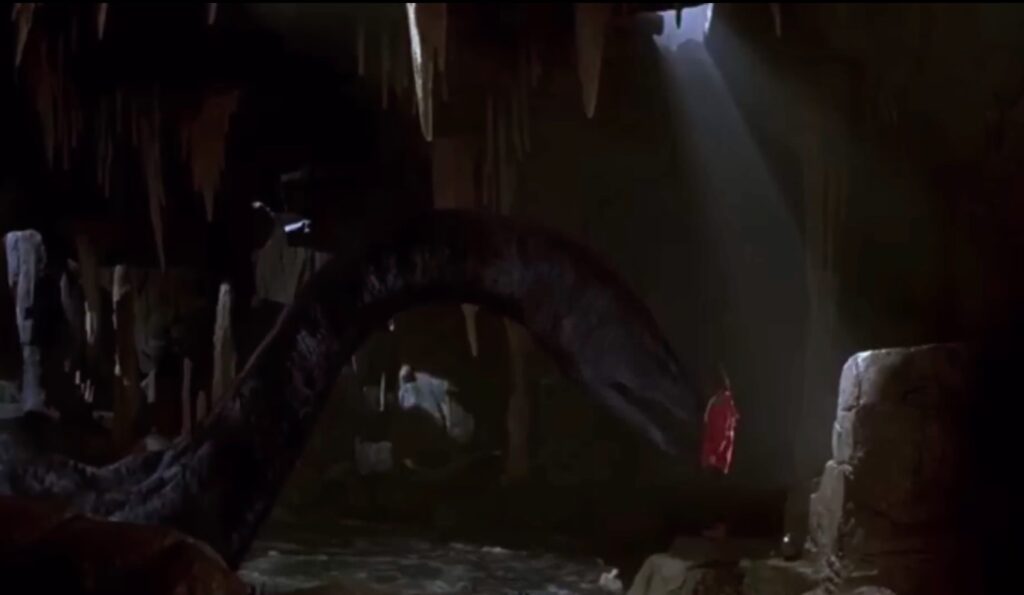
‘Beneath Loch Ness’ (2001) is another film about the search for plesiosaurs living in Scotland. The monsters are computer generated and, judging from the cover, have lovely big red eyes. Not to be confused with ‘Loch Ness’.

And finally, possibly the most accurate of all the pop-cultural plesiosaurs discussed here… ‘The Family-Ness’ was an 80s cartoon featuring various idiosyncratic plesiosaurs. From left to right below: Her Royal High-Ness, Eager-Ness, and Heavy-Ness. If you grew up in the UK in the 80s, like I did, then I’ll leave you with the theme tune in your head for the rest of the day while I go and search for my thistle-whistle.

